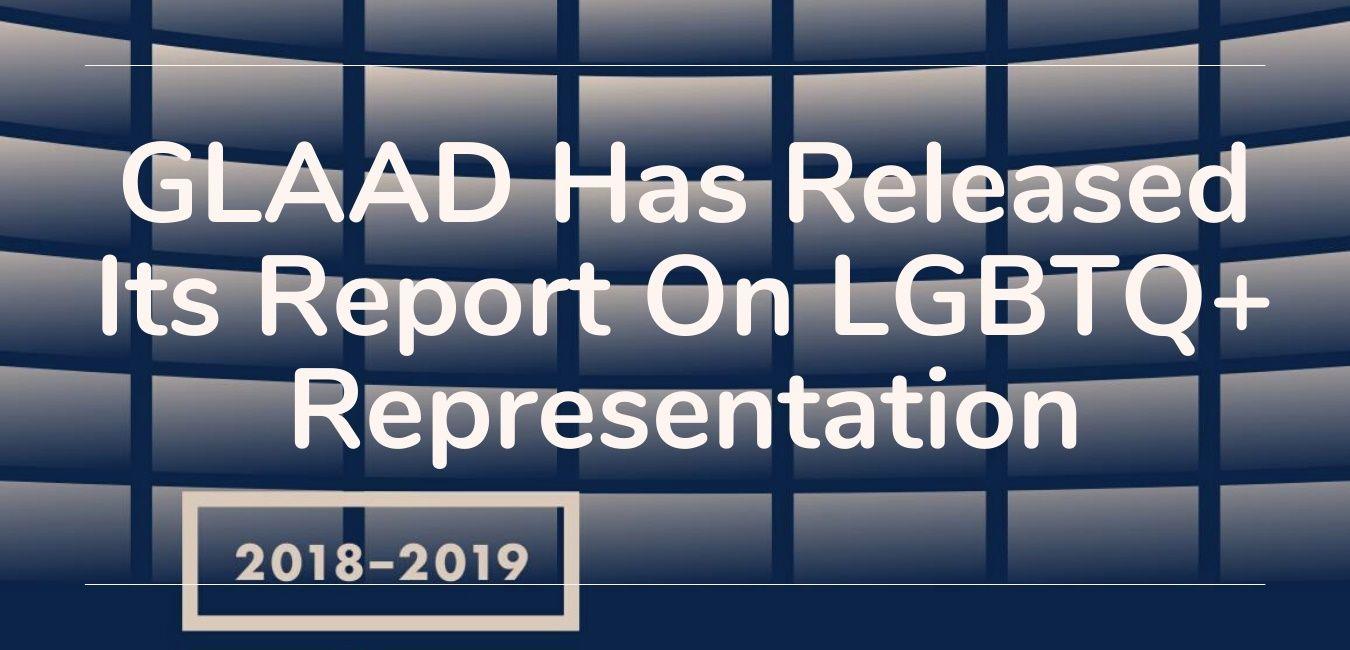
GLAAD and Harris Poll’s ‘Accelerating Acceptance’ study shows that 20% of Americans aged 18-34 identify themselves as LGBTQ+, but in 2018, only 8.8% of the characters were from the LGBTQ community.
After watching quite a few series episodes again this year, I had the impression that our visibility had improved but I was still waiting for GLAAD’s report, curious to see if this feeling would prove true. I have to admit that the results didn’t disappoint me.
So did the representation of LGBTQ people on television increase in 2019? And who were the most represented people in our community? For the 15th year, GLAAD has published its annual report “Where Are We On TV?”, which gives us all the answers.
Not only has LGBTQ+ television representation increased in 2019, but this is a record year with 10.2% of characters from our community. The plan was to reach 10% by 2020 and 20% by 2025.
“Last year, GLAAD called on the television industry to increase the number of LGBTQ characters and more accurately reflect the world we live in, and they responded by exceeding this challenge,” said Sarah Kate Ellis, President & CEO of GLAAD. “At a time when the cultural climate is growing increasingly divisive, the increased representation of LGBTQ stories and characters on television is especially critical to advance LGBTQ acceptance. Shows like Pose, Schitt’s Creek, Batwoman, and Billions demonstrate that not only are LGBTQ stories and characters on TV becoming more diverse but that viewers everywhere continue to respond with extreme positivity.”
The number of bisexual characters was 128 compared to 117 in 2018, 90 of whom were women.
There were 38 regular and recurring transgender characters compared to 26 last year, including 21 women and 5 non-binary characters.
For the second year in a row, there were more LGBTQ+ colored characters than whites. They accounted for 52% to 48%.
46% of the regular characters in TV series were women, an increase of 3% in one year. And 53% of the 120 LGBTQ+ characters were women.
Characters with disabilities also increased by 3.1%.
We can be happy. We had more female characters and we were able to enjoy a more beautiful diversity. In addition, this increase has occurred on all types of networks: broadcast networks, streaming platforms, and cable networks.
Comments